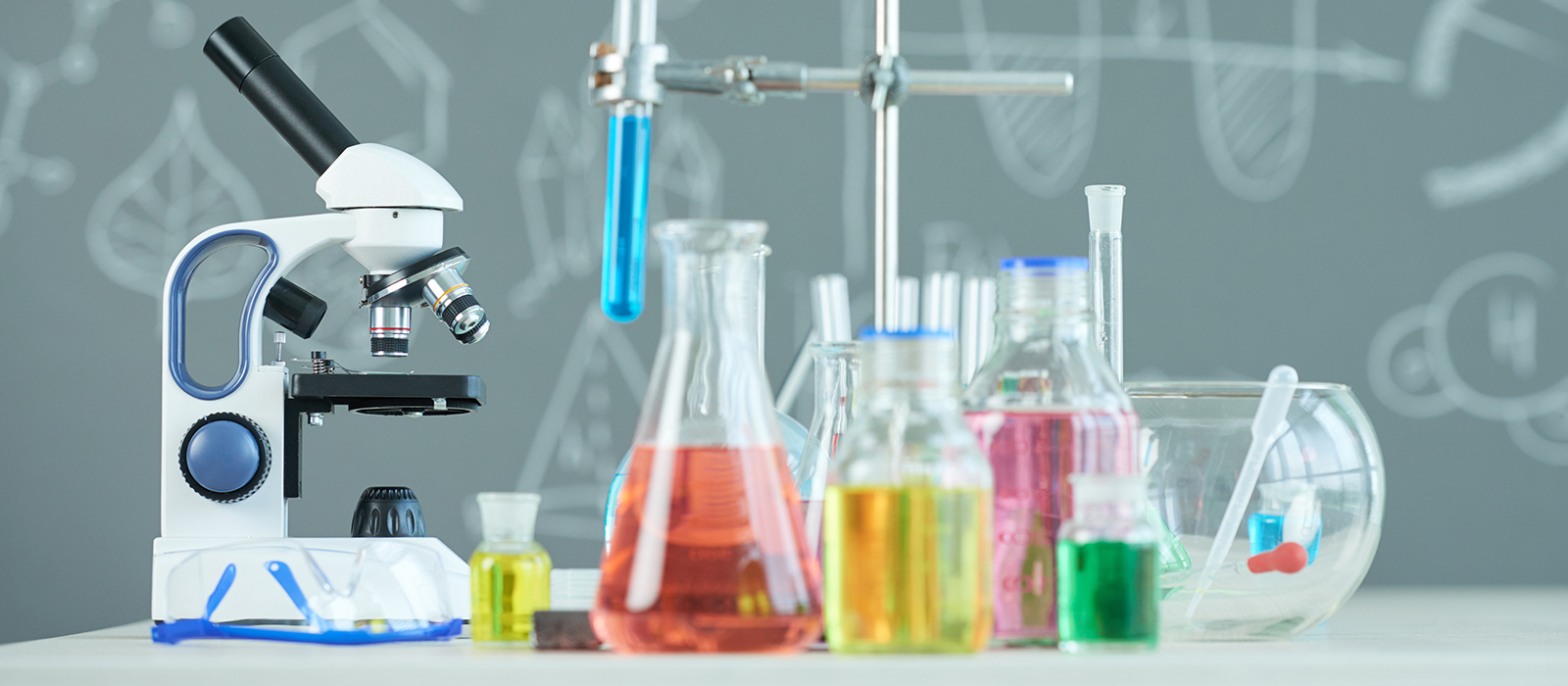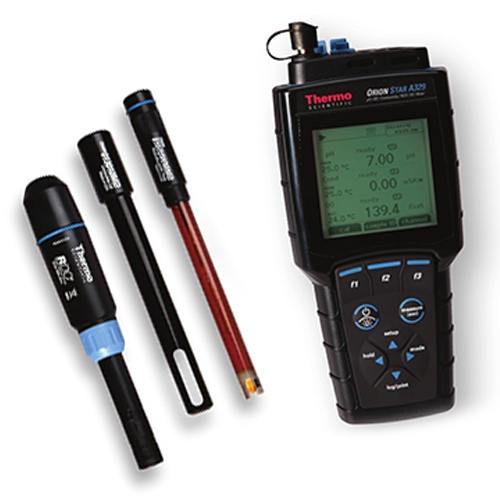Analytical Balances
An analytical balance enables students and researchers to obtain reliable data for their scientific experiments and analyses. Typically used in chemistry and physics experiments, it measures the mass of small samples, usually ranging from 0.1 mg to hundreds of grams, with precision and high accuracy.
This type of lab balance is ideal in various applications. Some common uses include measuring the mass of chemicals, precipitates in a chemical reaction, and samples in a titration process. It also proves beneficial for advanced experiments in biology and supports students specializing in medical, pharmaceutical, industrial, and environmental studies.










